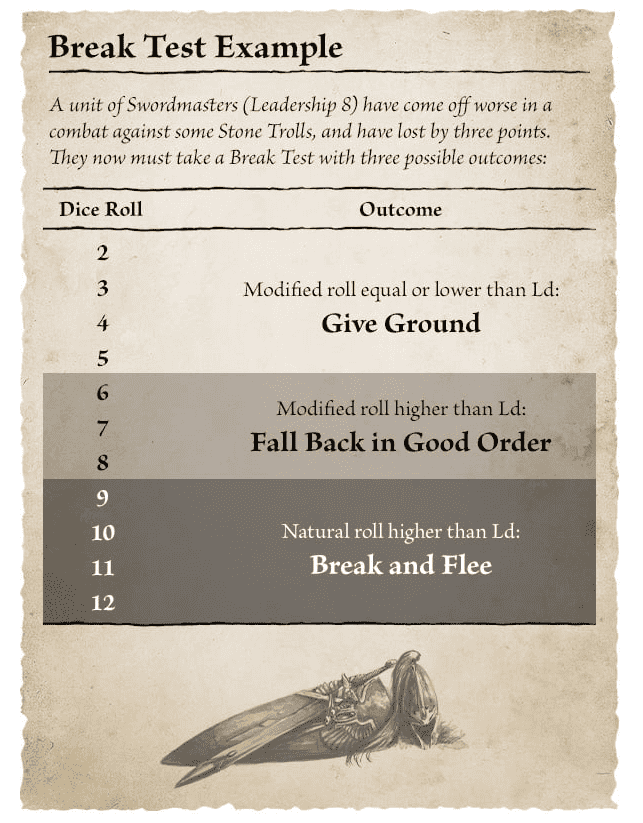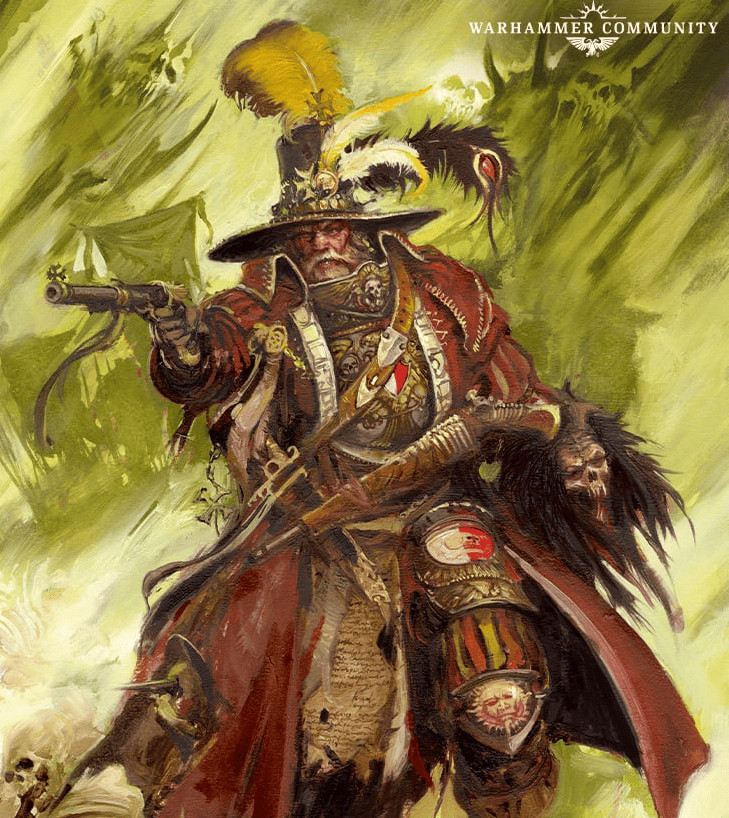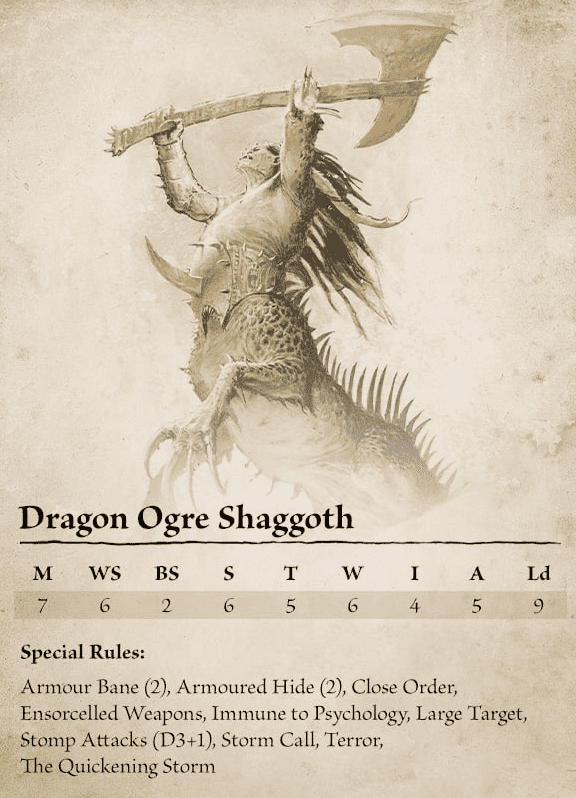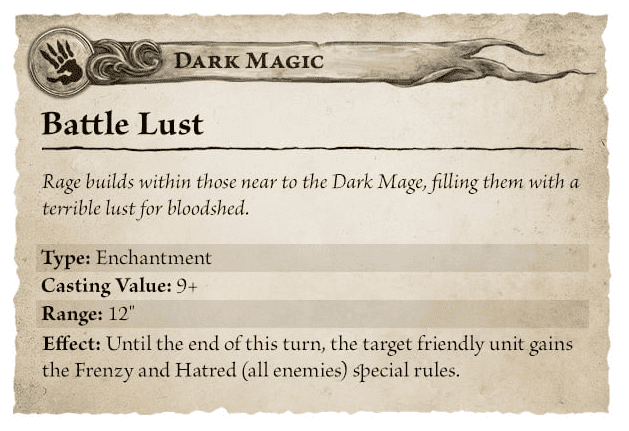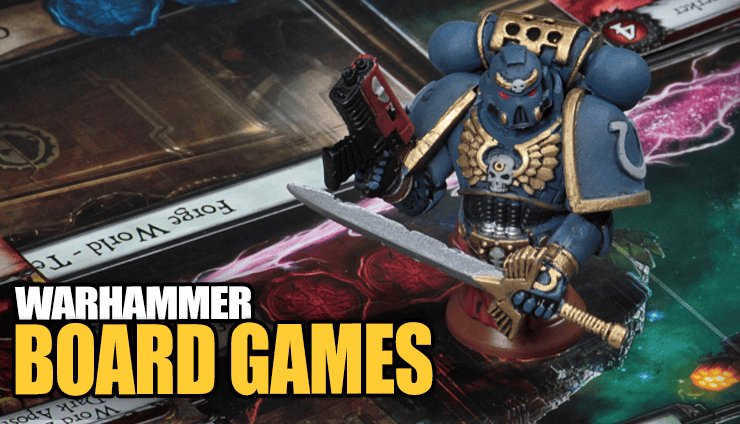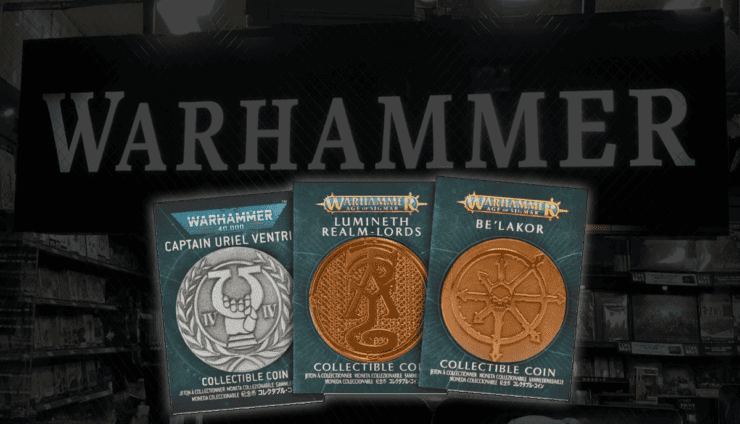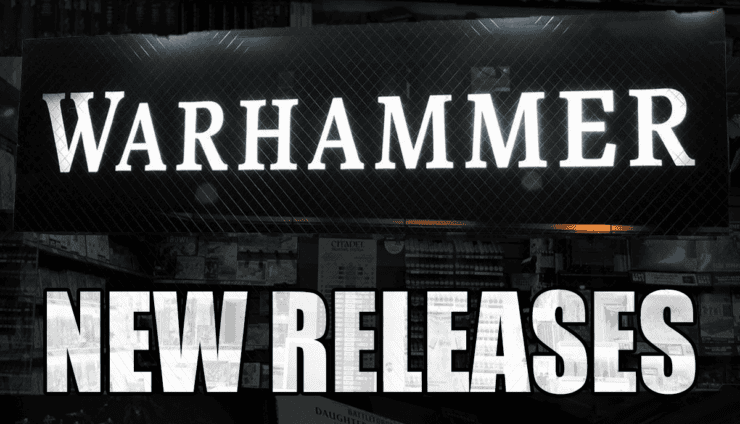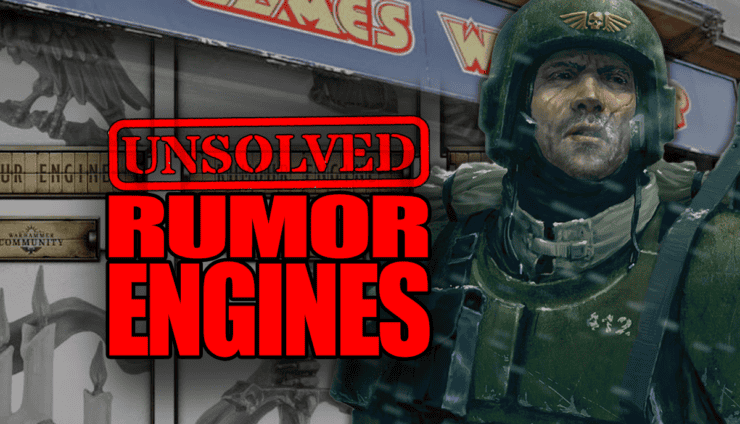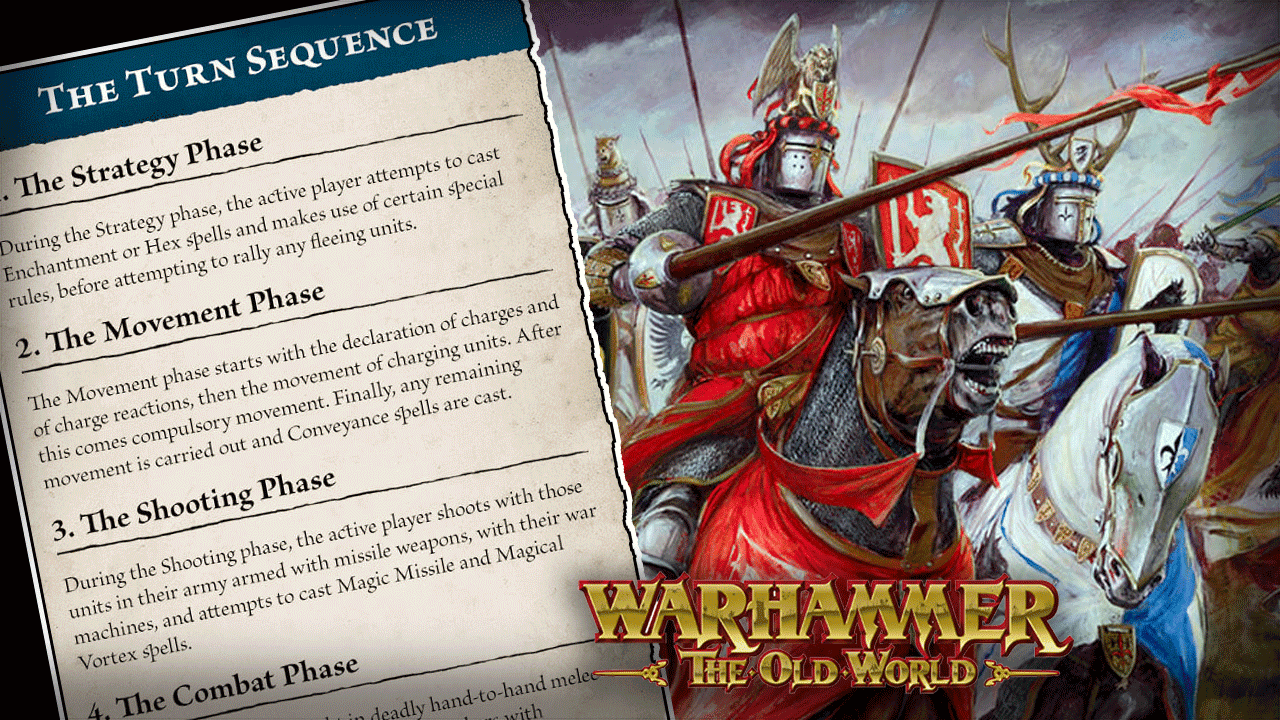 Don’t miss the latest on how the morale phase and psychology in the Warhammer Old World work and some new rules that have been revealed!
Don’t miss the latest on how the morale phase and psychology in the Warhammer Old World work and some new rules that have been revealed!
They mentioned the release date will be Early 2024. However, as they said before, not everything will be new (or even in plastic). If you want to see more on the Warhammer The Old World launch line-up, you can check that out here.
This is the third real look at the rules we’ve gotten, so it’s nice to have an idea of how the game will play! For now, though, it’s time to start pouring over the rules and see if they are shaping up the way you dreamed of!
Plus, in Warhammer the Old World, ALL 8th Edition Fantasy armies would be playable! So now we will truly see plastic, resin, and metal minis on the same tabletop when the game finally releases!

- GW Announces Warhammer Fantasy Returning (sort of)
- Warhammer Old World Release Date Details & Starter Set
- Fantasy Bears! More Kislev Previews For Warhammer Old World
- Bretonnians, Tomb Kings, Orcs & More Confirmed in Warhammer Old World!
- Warhammer The Old World: Everything We Know So Far
- First Look At New Warhammer The Old World Rules
New Morale Phase & Psychology Rules Revealed For Warhammer The Old World
The new Morale Phase & Psychology rules come from Warhammer Community.
Last week, we discussed the nitty-gritty of combat, seeing what happens once that spittle-flecked Chaos Warrior crashes into that ever-so-slightly quivering spear you’re holding. As we saw, it’s quite rare for a round of melee to end in a draw – and where there’s a loser, there are consequences.
The first of these is the Break Test – a Leadership roll modified by how badly you lost the combat with three outcomes: Break and Flee, Fall Back in Good Order, and Give Ground.
We saw this chart last time, but now we get the actual meaning of each!
In the first case, the losing unit turns and runs in the opposite direction from whatever caused it to flee (and whichever enemy unit had the stronger unit strength if it was a multiple combat). They run 2D6”, pivoting only to avoid impassable terrain, and if any part of the fleeing unit crosses a battlefield edge, it is destroyed.* If the enemy gives chase and rolls high enough on 2D6 to make contact, the fleeing unit is destroyed. If they run through another enemy unit, they take additional wounds as they go. If they run through a friendly unit, however, they’re safe – but that unit may now bear the brunt of the pursuers’ charge. In short: try not to break and flee.
It looks like they are keeping the 2D6″ flee and pursuit. If you do happen to get caught or hit the edge of the board, the entire unit is destroyed!
On the other hand, a unit that falls back in good order is still beating a hasty retreat, but they’ve not yet lost that fighting spirit. They can discard the lower of the two dice when they flee, and they automatically rally and reform at the end, ready to receive the charge of their pursuer – or to hit back in the next turn.
Giving ground is the best result when losing combat. The loser simply steps back 2” (terrain permitting), attempting to put some much needed space between them and the foe – unless, of course, the winner chooses to follow up and press their advantage, in which case combat continues next turn.
However, if you don’t lose so badly, you can still retreat in good order (and get a free reform at the end of it). Or, you can just give ground, which means you just move back two inches, and your opponent can choose to move into the combat again or not.
Psychology Rules
All the classic psychological effects are back – Fear, Terror, Stupidity, Animosity, Frenzy, Unbreakable, Stubborn and Hatred. While in previous games, Psychology was separate from the rest of the Universal Special Rules, it’s all now found in one place in the Core Rulebook. We’ll be looking at other USRs in a future Almanack, but there’s time this week to see how a few of these work.
Units causing Fear, for instance, will have enemies quaking in their boots. If an enemy with lower Unit Strength wishes to charge a Fear-causing unit, it must first take a Leadership test, or its charge will fail. Already in combat with a scary regiment of Skeleton Warriors? Take a Leadership test each round or suffer -1 to hit!
They are bringing back some fun rules, including Animosity and Stupidity! This means you have to take tests to move the way you want. However, Fear is much scarier, as it can stop you from charging altogether or get you some big debuffs in combat.
Terror is even worse. If you’re charged by a beast with this effect, you have to take a Leadership test just to be able to declare a charge reaction – if you fail, you flee. And that’s before any dice are rolled to see if the charge succeeds. Terror also applies an extra -1 penalty to opposing units’ Leadership characteristic when taking Break Tests – making a break and flee outcome that much more likely.
Giant monsters are scary, and if you’re just a human or little goblin, you might not even make it into combat with one! The Dragon Ogre Shaggoth has all the special rules and a serious profile!
Finally, we can touch on Frenzy – this gives models in a unit an extra Attack, and also immunity from Fear and Terror. A Frenzied unit, however, must always charge if able to and can never choose to Flee from a charge.
Giving every model in your unit an extra attack and immunity from fear and terror is no joke! However, if they can charge, they must and cannot run from combats!
All the Latest Warhammer Rules & Model Rumors
What do you think about all the new Warhammer The Old World rules so far like these for morale?
Let us know in the comments of our Facebook Hobby Group, or our new Discord server, and make sure you enter the latest monthly giveaway for FREE today!
Click Here To Follow Us On Google News
Get ad-free access to our hobby videos, a monthly drop of miniatures, and support some of the best creators out there for as little as $6 a month on Patreon!
